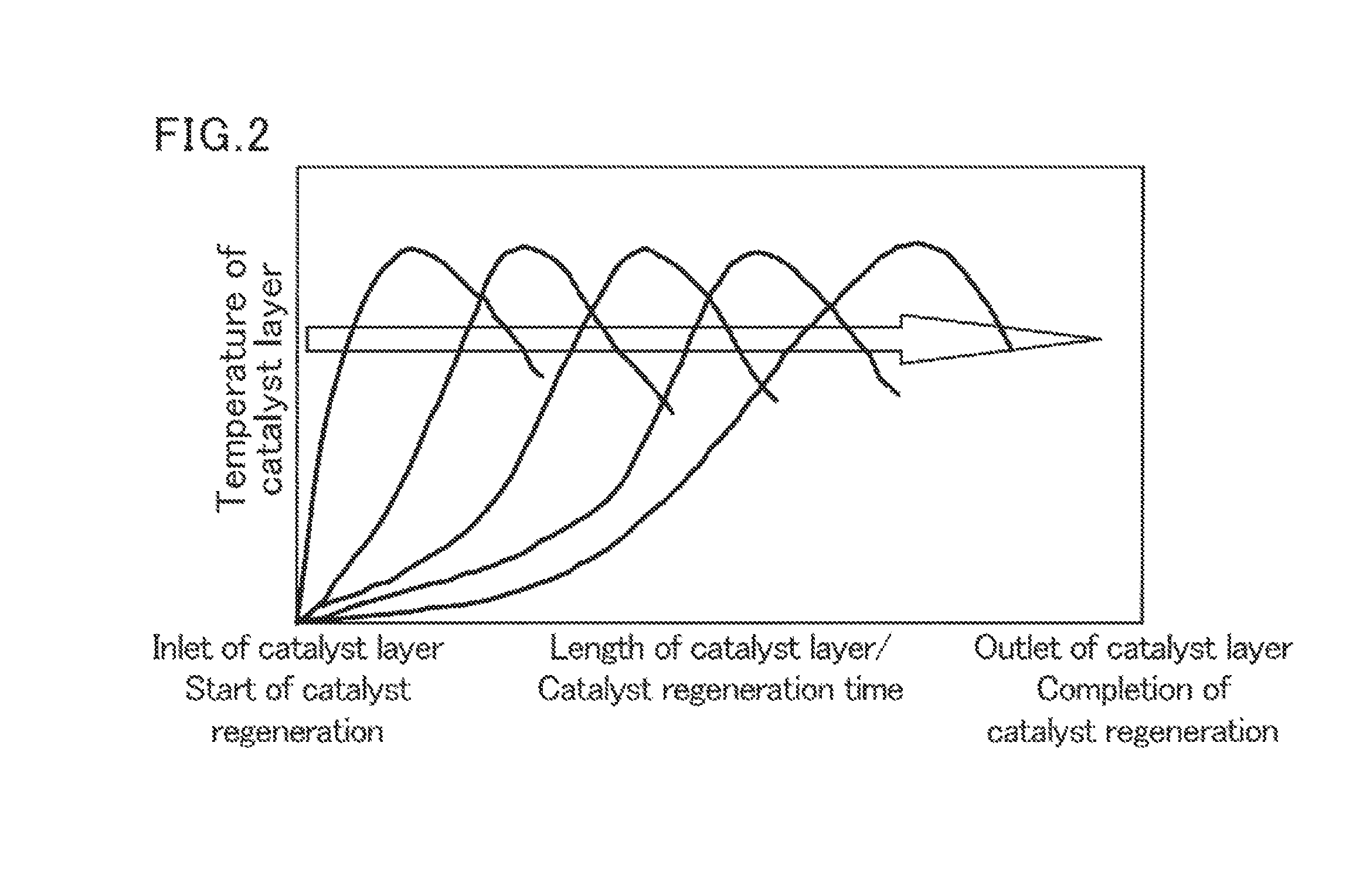Methods for producing acrylic acid and/or ester thereof and polymer of the acrylic acid and/or ester thereof
a technology of acrylic acid and ester, which is applied in the preparation of carboxylic compounds, organic chemistry, chemistry apparatus and processes, etc., can solve the problems of unconverted hydroxypropionic acid in the produced acrylic acid, the conversion rate of hydroxypropionic acid is lowered, and the production of acrylic acid may contain unconverted hydroxypropionic acid, etc., to achieve stable production for a long time, stable and continuous production, and high yield
- Summary
- Abstract
- Description
- Claims
- Application Information
AI Technical Summary
Benefits of technology
Problems solved by technology
Method used
Image
Examples
preparation example 1
Method for Obtaining a Composition Containing 3-Hydroxypropionic Acid (3HP)
[0176]Klebsiella pneumoniae ATCC25955 genomic DNA was used as a template. A region including a glycerol dehydratase gene (GD gene) and a glycerol dehydratase reactivation factor (GDR gene) was amplified by PCR using the following two primers. Amplified fragment terminals were cut with restriction enzymes NdeI and BglII, and the fragments were recovered by electrophoresis. The primers used for amplifying the GD gene and GDR gene sequences are designed based on the DNA sequences disclosed in GenBank Accession number: NC—009648.
[0177]
Forward primer:(SEQ ID NO: 1)5′-GCGCGCCATATGTTAATTCGCCTGACCGGCC-3′Reverse primer:(SEQ ID NO: 2)5′-GCGCGCAGATCTTCAGTTTCTCTCACTTAACG-3′
[0178]Vector sequences were amplified by the following two primers using a pACYCDuet-1 plasmid (TAKARA BIO INC.) as a template. A DNA fragment having NdeI site and BglII site behind a T7 promoter of the pACYCDuet-1 plasmid was amplified.
[0179]
Forward p...
example 1
[0197]The above 3-hydroxypropionic acid (3HP) was adjusted to a 12% by mass aqueous solution as a raw material composition.
[0198]A stainless-steel reaction tube having an inner diameter of 10 mm was filled with stainless-steel 1.5-mm Dixon Packing as an evaporation layer (surface area of 37 cm2 / cm3). The reaction tube was heated to 300° C. in an electric furnace, and the raw material composition was supplied to the upper part of the reaction tube at a rate of 16.8 g / hour. At the same time, nitrogen gas was introduced at a rate of 3 L / hour, and the SV at the evaporation layer part was controlled to 10000. The reaction gas flowed out from the lower part of the reaction tube was cooled to obtain collected liquid. The collected liquid was analyzed by liquid chromatography and the conversion of 3HP was found to be 19% (3HP residual rate of 81%).
[0199]Subsequently, a commercially available γ-alumina pellet (Saint-Gobain K. K.) was put as a solid catalyst under the evaporation layer to for...
example 2
[0201]The reaction was carried out in the same manner as in Example 1, except that the packing as the evaporation layer was changed to quarts glass wool (surface area of 537 cm2 / cm3), the rate of supplying the raw material was changed to 34.4 g / hour, the rate of introducing nitrogen gas was changed to 6 L / hour, and the SV at the evaporation layer part was controlled to 20000.
[0202]The inlet pressure of the reaction tube was constant during the reaction. The conversion of 3HP in the case of the reaction only with the packing was 4% (3HP residual rate of 96%). The conversion of 3HP in the case of the reaction with a stacking of the packing and the catalyst was 92% and the acrylic acid yield was 91 mol %. No accretion was found on the packing and catalyst removed after the reaction.
PUM
| Property | Measurement | Unit |
|---|---|---|
| temperature | aaaaa | aaaaa |
| temperature | aaaaa | aaaaa |
| temperature | aaaaa | aaaaa |
Abstract
Description
Claims
Application Information
 Login to View More
Login to View More - R&D
- Intellectual Property
- Life Sciences
- Materials
- Tech Scout
- Unparalleled Data Quality
- Higher Quality Content
- 60% Fewer Hallucinations
Browse by: Latest US Patents, China's latest patents, Technical Efficacy Thesaurus, Application Domain, Technology Topic, Popular Technical Reports.
© 2025 PatSnap. All rights reserved.Legal|Privacy policy|Modern Slavery Act Transparency Statement|Sitemap|About US| Contact US: help@patsnap.com


